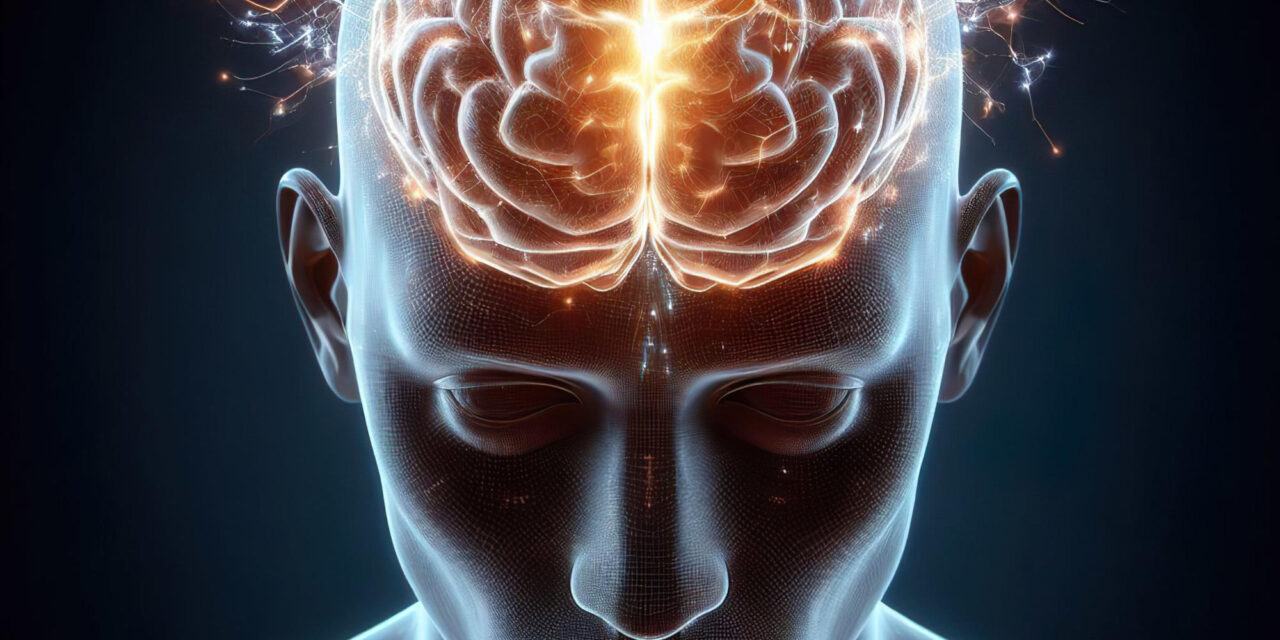Scientists at Columbia University have unveiled MitoBrainMap, a groundbreaking tool that provides the first comprehensive map of mitochondria distribution across the human brain. This innovative map offers a detailed look at how energy is managed in different brain regions, potentially revolutionizing our understanding of mood, memory, and overall brain function.
Mitochondria, the “powerhouses” of cells, are crucial for producing the energy our brains need for every thought, emotion, and memory. Led by Martin Picard, associate professor of behavioral medicine, and Michel Thiebaut de Schotten, research director at the University of Bordeaux, the team aimed to bridge the gap between macroscopic brain scans and microscopic cellular studies.
The researchers began with a frozen human brain, slicing a section into 703 tiny cubes. Within each cube, they measured mitochondrial density and energy conversion efficiency, creating a detailed energy profile. Using computational modeling, they then extrapolated this data to estimate the energy map for the entire brain.
The results revealed a surprising variation in mitochondrial distribution. Newer, more evolved brain regions exhibited higher mitochondrial density and efficiency, aligning with their increased energy demands. Anna Monzel, a computational research scientist, highlighted the significant differences in mitochondrial specialization across cell types, despite their common origin.
“These differences are remarkable since all mitochondria originate from the same ‘mother’ pool of mitochondria in the oocyte,” said Monzel. “But during development they specialize in a cell type-dependent manner to subserve bioenergetic demands and guide the acquisition of specific cellular phenotypes.”
The team envisions MitoBrainMap as a stepping stone towards non-invasive assessment of brain mitochondrial function using standard MRI scans. This could open new avenues for studying the link between brain energy and mental function in real-time.
Future iterations of MitoBrainMap are already underway, analyzing brain samples from 500 individuals to enhance accuracy and explore individual variations in mitochondrial patterns. This research aims to shed light on the role of energy distribution in neurodegenerative and neuropsychiatric disorders like Alzheimer’s and depression.
“Energy is the missing dimension of biomedicine,” Picard explained. “This MitoBrainMap v1.0 is a step toward understanding the energetics of the brain and the experiences it allows us to have.”
By visualizing the brain’s energy landscape, MitoBrainMap underscores the significance of energy in brain function, potentially transforming our approach to mental health and disease.
Disclaimer: This article is based on information provided in the given text and is intended for informational purposes only. It should not be taken as medical advice. Further research and validation are necessary to confirm the findings and their clinical applications. Readers should consult with healthcare professionals for any health concerns.(The full study was published in the journal Nature.)












